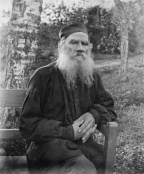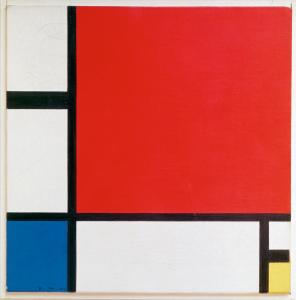
We all made hundreds of photographs of ducks when we were new to photography, didn’t we? Well, I did. They’re one of the most accessible forms of wildlife to practice photographing, and they’re pretty nice to look at too. My early archive folders are full of duck photographs, 99.9999% of which are boring at best. But this one isn’t. Eight years after I made this photograph, I still love it. When an image stands the test of time like that, it’s worth taking a closer look and thinking about why.
I’ve made several iterations of this image to adjust the contrast and the colours. Looking at it again now, I think the colours could still probably do with some tweaking, but it’s the composition and the lines that make this image for me.

The placement of the duck in the frame (I say placement, but given that it was the sixth day after I’d got my first DLSR, it’s really just where it ended up) leaves a nice amount of empty space to the left (above). This is the direction the duck is facing, and the space gives it room to ‘move’ into – it implies the movement and adds dynamism to the image. This is especially important because the duck is clearly moving, so needs this space. A square crop (below), for example, cuts off this space and restrains the duck so that the image feels unbalanced.
The placement of the duck also roughly adheres to one of the staple ‘rules’ of composition – the rule of thirds (below). I had never heard of this at the time I took the image, so I can’t pretend it was intentional, but the main vertical of the duck’s body sits roughly one third of the way into the frame from the right hand edge.

What’s more, the duck’s face is close to the intersection of the top and right thirds of the frame – prime position for the main point of interest according to composition textbooks. I don’t have a lot of time for such rules, but this image is an illustration that the rule of thirds is a good guide.

Looking at the blue lines in the grid overlay above (which is based on the golden ratio), what’s very obvious is that the wing in the top right sits exactly on the main diagonal of the frame, and the beak is aligned parallel to this diagonal. The diagonal that these two elements imply is strengthened by another diagonal created by the other wing and the bird’s back. This second diagonal sits perpendicular to the first and creates multiple triangles in the frame (below).

In combination, the diagonal implied by the wing and beak and the negative space on the left, create tension in the image. Given that the viewer’s eye is naturally drawn to the duck’s face and eye, this diagonal then directs the eye down and to the left, into the empty space. Except the empty space isn’t so empty, and I think this is the key to this image.

When the eye moves down, directed by the beak, it meets the curves of the ripples in the water. These curves pull the eye round, back into the image, around the duck and over the dramatic splashes of the water (above). The momentum of the eye along with the second diagonal takes the eye back up to the main diagonal of the wing in the top right, which directs it back to the duck’s face. This creates a loop that keeps the eye moving, and on the second time round, the viewer might notice the small water drops throughout the image, which increase the dynamism.
The final visual element that I think adds strength to this image is the movement of the wings and in the splashes of water. This movement makes the image more more dynamic than it would have been if the movement had been frozen. This was obviously the result of a relatively slow shutter speed, although again, I can’t say this this was deliberate at the time.
Something I’ve always had a problem with in this image is the green of the water on the left. I find the green too dominant when the focus should be on the duck. I’ve had various attempts to alter the balance of the colours, but never quite got it as I’d like. It’s not helped by the fact that the image was recorded only as a JPEG file, so post-processing options are a little limited. Desaturating the greens too much creates an odd look though, and there is potential to make good use of the complementary green and red–orange of the duck’s breast. Perhaps I’ll have a another go.
Does the image work for you? Why? If not, what is it that isn’t right for you?
As a photographer, it’s crucial to look back at your images and think about them, asking yourself not whether you like them or not, but why you like them or, equally importantly, why you don’t like them. Inspired by the #ThrowbackThursday hashtag, I’ve decided to look back through my collections and do just that in an image analysis project.



